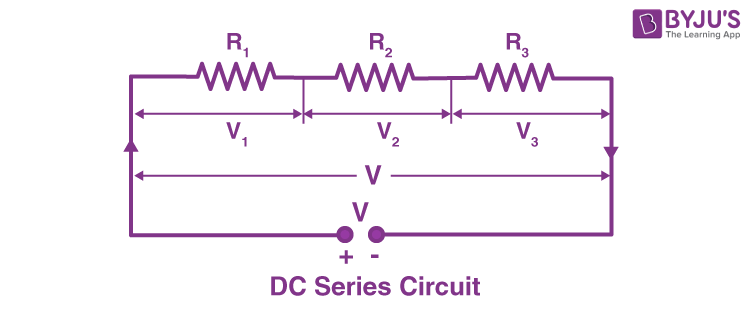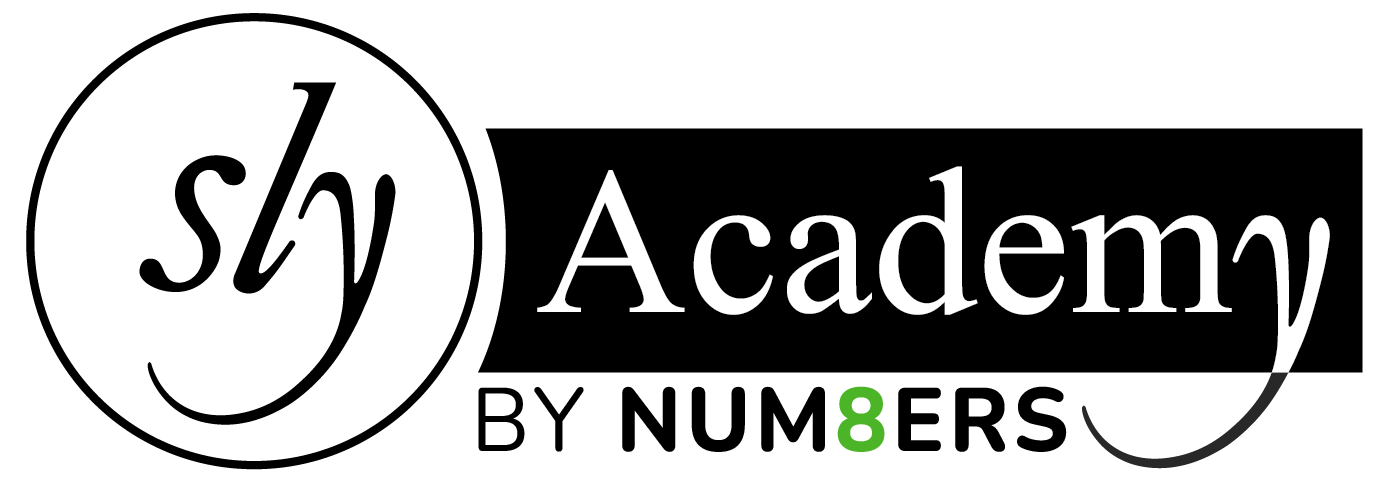Unit 9 Overview DC Circuits
As of 2021, the College Board only tests Units 1-7 on the AP Physics 1 exam. This page’s content will not be tested on the exam, but it remains a valuable resource for understanding DC circuits.
Introduction
Electricity powers nearly every aspect of modern life. Most electronic devices, from cell phones and computers to flashlights and cars, use direct current (DC) electrical circuits to operate efficiently.
Scope of Unit 9
Focus: Builds on Unit 8 concepts, applying them to create and analyze DC electric circuits.
Relevance: Accounts for ~6-8% of AP Physics exam questions.
Time Allocation: Estimated 9-12 class periods (45 minutes each).
Applicable Big Ideas
Big Idea #1: Systems
Objects and systems have properties such as mass and charge. Systems may have an internal structure.
Big Idea #5: Conservation
Changes that occur as a result of interactions are constrained by conservation laws.
Key Concepts 
Resistivity: A material property that quantifies how strongly a material opposes current flow.
Resistance: Opposition to the flow of electric current in a circuit.
Voltage: The potential difference between two points in a circuit, driving current flow.
Current: The flow of electric charge through a conductor.
Charge: The fundamental property of particles that causes them to experience force in an electric field.
Electrical Energy: The energy transferred by electric charge.
Electrical Power: The rate at which electrical energy is transferred in a circuit.
Series Circuits: Circuits where components are connected end-to-end, sharing the same current.
Parallel Circuits: Circuits where components are connected across the same voltage source, sharing the total current.
Key Equations 
Ohm’s Law:
Resistance in Series:
Resistance in Parallel:
Power in a Circuit:
Energy in a Circuit:
DC circuits are fundamental to understanding how electronic devices function. Master these concepts to prepare for real-world applications and further studies in physics and engineering.








